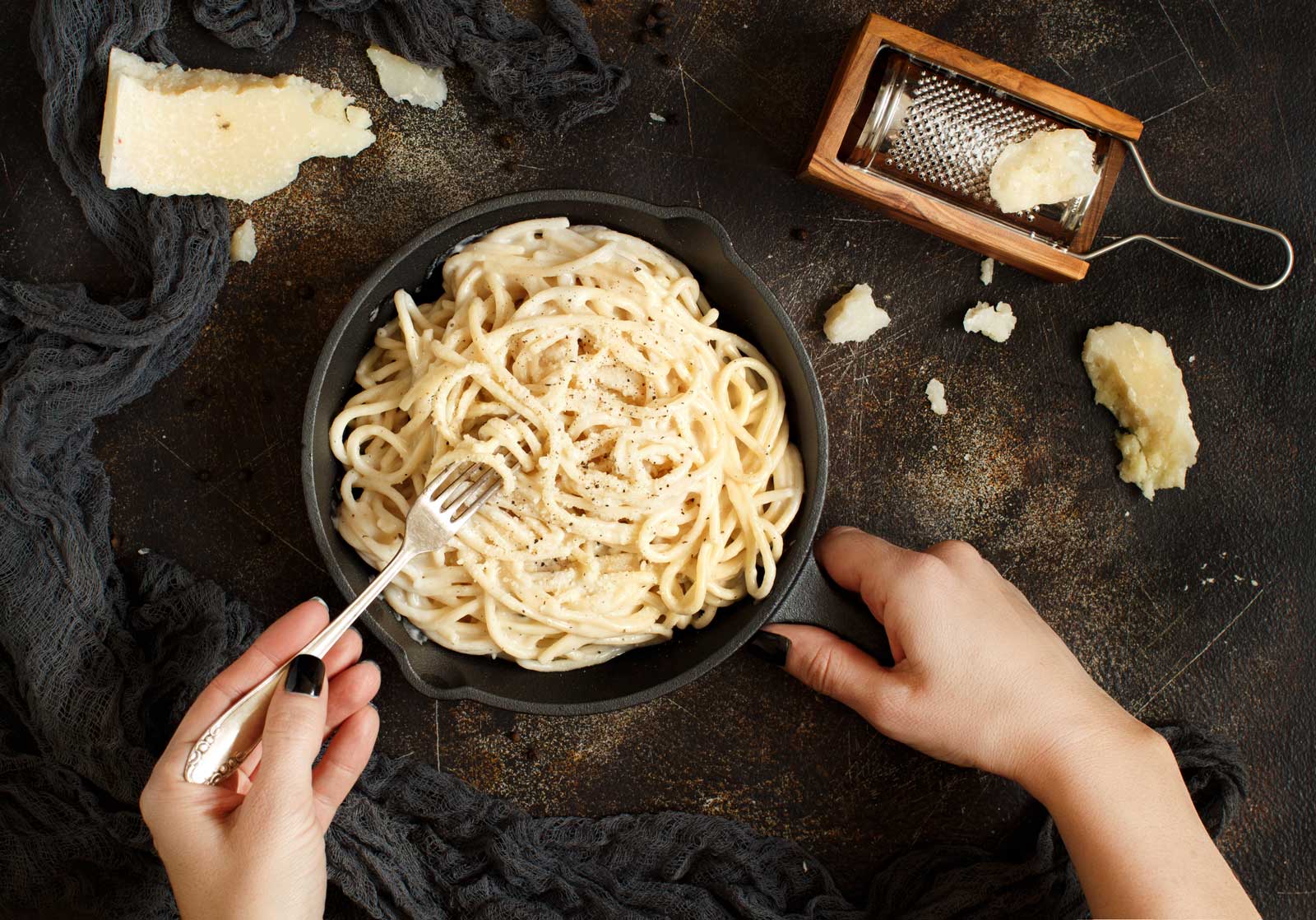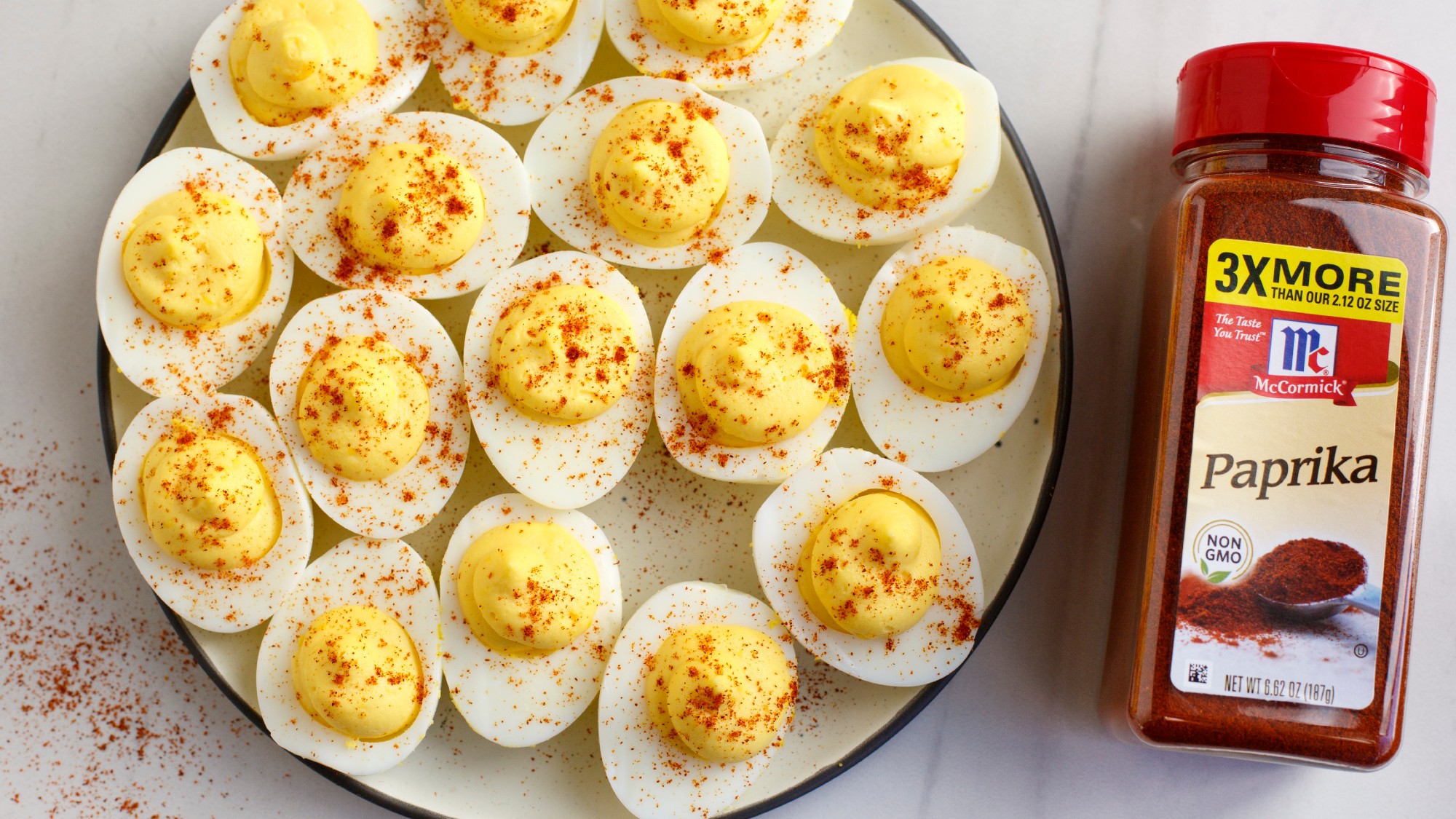If you’re like me, your childhood diet was dominated by buttered pasta. What started out as a “safe” food staple while my little brother and I discovered our likes and dislikes (heaping mounds of buttery bowties surrounded by a few soggy and definitely untouched broccoli florets come to mind), it became a go-to dish that could easily be prepared when my parents left us with a babysitter, when we were feeling sick and wanted something comforting, or when we were just feeling plain picky. The possibilities were endless (Elbows! Farfalle! Penne! Spaghetti!), but the act of mixing all-dente pasta with a nub of butter and a heavy grating of Parmesan cheese were constants in our lives.
As I matured, my palate did too, but I’ve never been able to (or, frankly, wanted to) shake my love of that buttery, cheesy deliciousness. Luckily, I’m not alone. The Italian staple cacio e pepe—literally “cheese and pepper”—has seen a surge of popularity in recent years. Despite its ubiquity on Italian restaurant menus, the simple dish is almost better made at home. And I'm here to tell you something blasphemous: When you make it, you should add a handful of thinly sliced, sautéed shallots.
Now, I know what you’re thinking, “It’s not called cacio e pepe e shallots,” and you’re right, it’s not. But you should still take the liberty, because shallots add an extra punch you didn’t know you were missing. Chef Laurence Edelman first served me his take on the classic at his West Village restaurant, Left Bank, and if this way is wrong, I don’t want to be right. Shallots go perfectly with butter, cheese, and a heavy sprinkling of cracked black pepper, and now the thought of leaving them out makes me rethink all that was right with this formerly-perfect dish. According to Edelman, it’s probably been done many times over the years, “even in Italian households where the family cook had the courage to potentially blaspheme the dish,” and I fully accept this as permission from pasta purists to alter the dish to fit my onion-loving needs.
If you haven’t tried making cacio e pepe at home yet, start with a basic recipe, and think of it your blank canvas to upgrade as you see fit. Some may choose to stick with cheese and pepper, but I urge you to consider the shallot; it might just become your new go-to version.
This article was written by Caroline Schnapp from Food & Wine and was legally licensed through the NewsCred publisher network. Please direct all licensing questions to legal@newscred.com.









